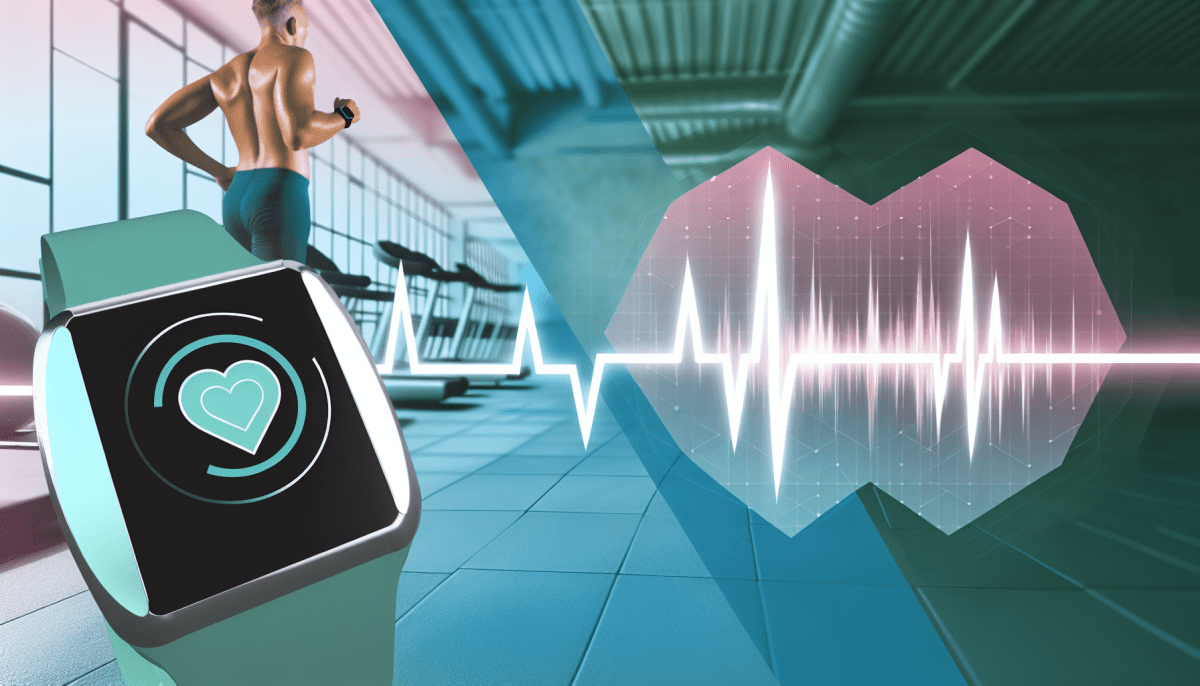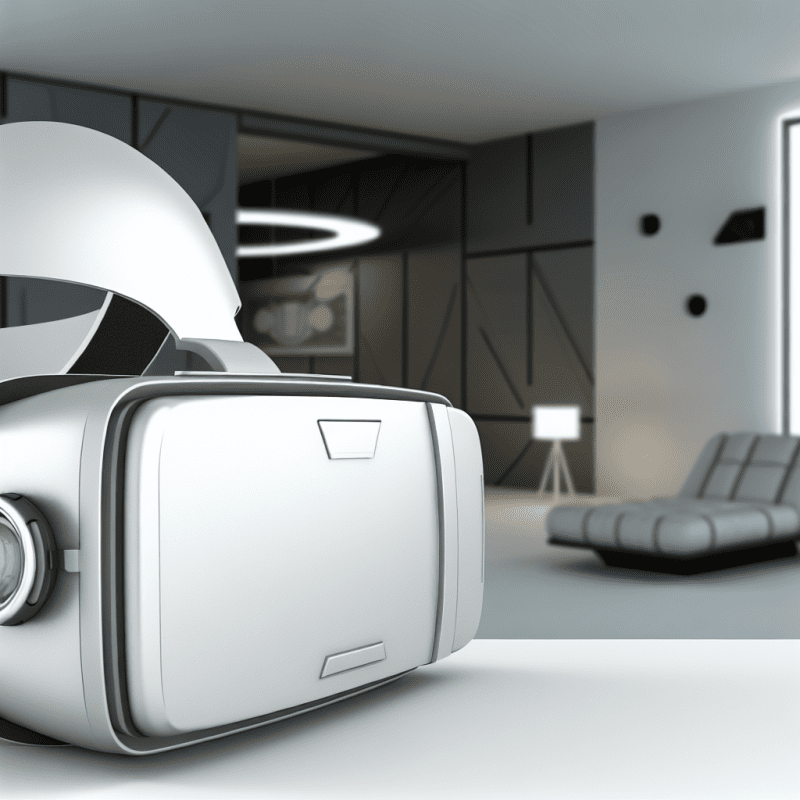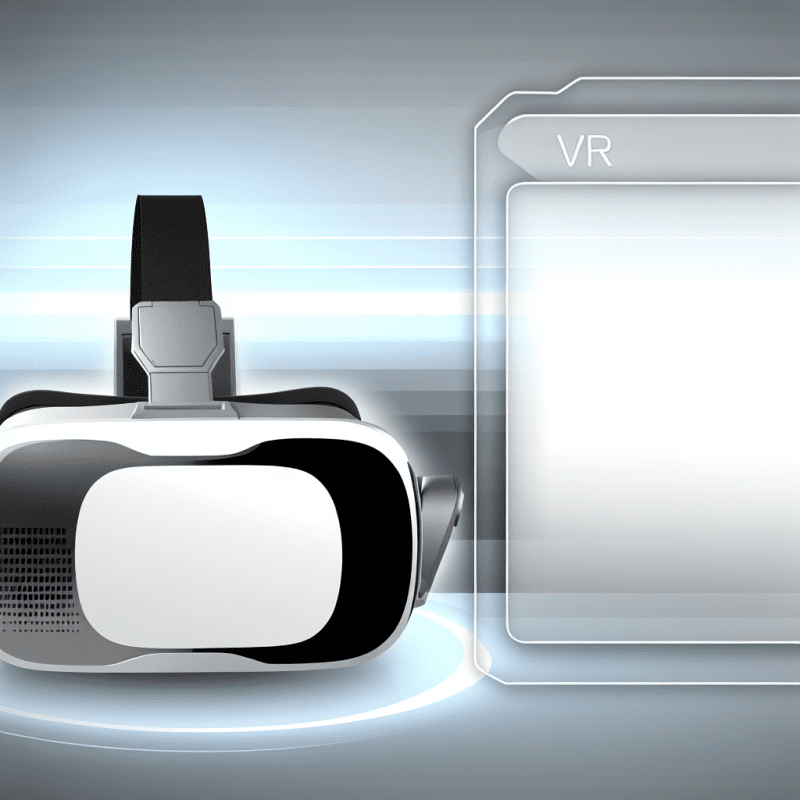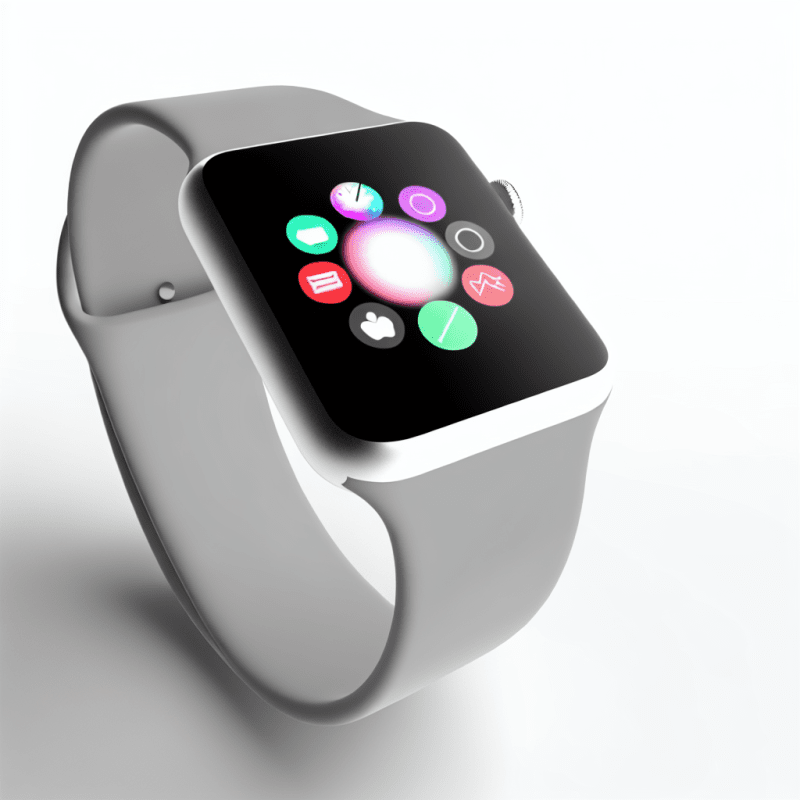Health rate monitors are like your personal cheerleaders for fitness. They help you keep track of your heart rate, which is super important whether you’re jogging in the park or lifting weights at the gym. Knowing your heart rate during exercise can help you figure out if you’re pushing yourself hard enough or if it’s time to slow down.
These gadgets are super easy to use. You can find wristbands, chest straps, and even smartwatches that do the job. Just strap one on, and you’re good to go! The best ones show real-time data, so you can see how your heart is responding to your workouts. This is crucial for getting the most out of your fitness routine.
With a health rate monitor, you can set specific heart rate zones based on your fitness goals—whether you want to burn fat, improve endurance, or just keep things in check. It’s like having a personal trainer on your wrist, guiding you toward your goals. You’ll know when it’s time to push harder or take a break.
The cool thing? Many monitors sync with apps, so you can track your progress over time. This can motivate you to stay on track and even join competitions with friends. Plus, seeing those improvements can feel pretty rewarding!
Key Features to Look for in Monitors
When you’re diving into the world of health rate monitors, it’s key to know what features will help you get the most out of your device. Here are some must-have features to consider:
Some monitors offer advanced metrics like VO2 max or recovery heart rate, which can be helpful if you’re really into fitness. Think about your goals and the features that will support them!
How to Choose the Right Monitor for You
Choosing the right health rate monitor can feel overwhelming with all the options out there. But don’t worry! Let’s break it down into a few simple steps to help you find the best one for your needs.
First, think about what you want to track. Are you a casual exerciser, or are you training for a marathon? If you're just looking to monitor your heart rate during workouts, a basic model will do just fine. On the other hand, if you’re into serious training or need to track things like calorie burn and sleep patterns, look for a monitor with more features.
Next, consider how you want to wear it. Some monitors come as wristbands, while others are chest straps or can even clip onto your clothing. Wristbands are convenient and comfortable for day-to-day wear, while chest straps often provide more accurate readings during intense exercise. Think about what feels best for you.
Don’t forget about connectivity! Some monitors sync with your smartphone or fitness apps, making it easier to track your progress. If you're tech-savvy and love analyzing data, go for one that offers great app support. If not, a simple model might be all you need.
Lastly, check out the battery life and durability. You don’t want to be charging your monitor every other day. And if you’re planning to use it outdoors or during tough workouts, make sure it's water-resistant and built to last. Taking these points into account will help you find a health rate monitor that fits your lifestyle!
Maximize Your Workouts with Health Rate Data
If you're serious about your fitness journey, tracking your heart rate is a game changer. Knowing your heart rate helps you understand how hard your body is working during workouts, keeping you motivated and safe. It helps you find that sweet spot where you’re burning fat and building endurance.
Different workouts require different heart rate zones. For instance, if you're in the fat-burning zone, you're mostly using fat for energy. This is great for those longer, steady workouts. On the other hand, if you're pushing into a higher zone, you’re likely building cardio fitness and strength. Monitoring your health rate data can guide you on when to push harder and when to ease off.
Using a heart rate monitor is super simple. Most modern models sync with your phone or watch, giving you real-time stats. You can see your current heart rate, historical data, and even set alerts to keep you in the right zone during your workout. This way, you can focus on crushing your training instead of constantly checking your pulse.
Don’t forget about recovery! After an intense workout, your heart rate should gradually return to normal. By tracking how quickly you recover, you gain insight into your fitness improvements. If your heart rate drops faster after a workout, you’re on the right track!



